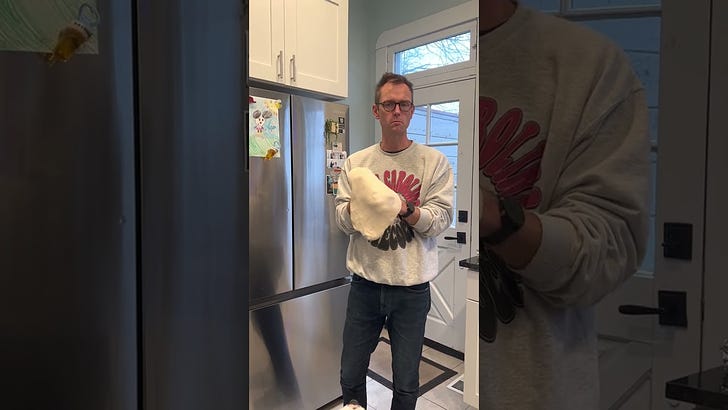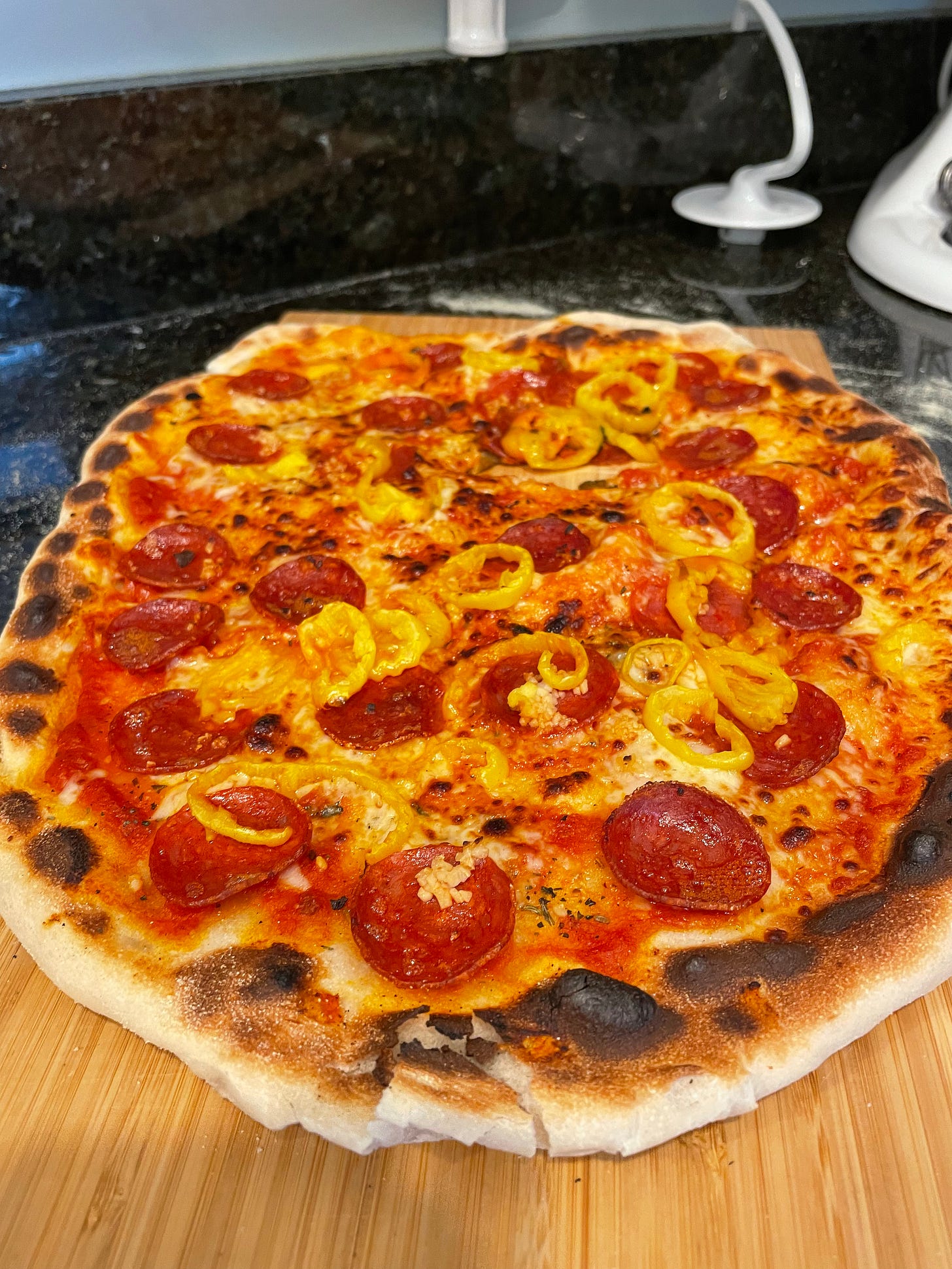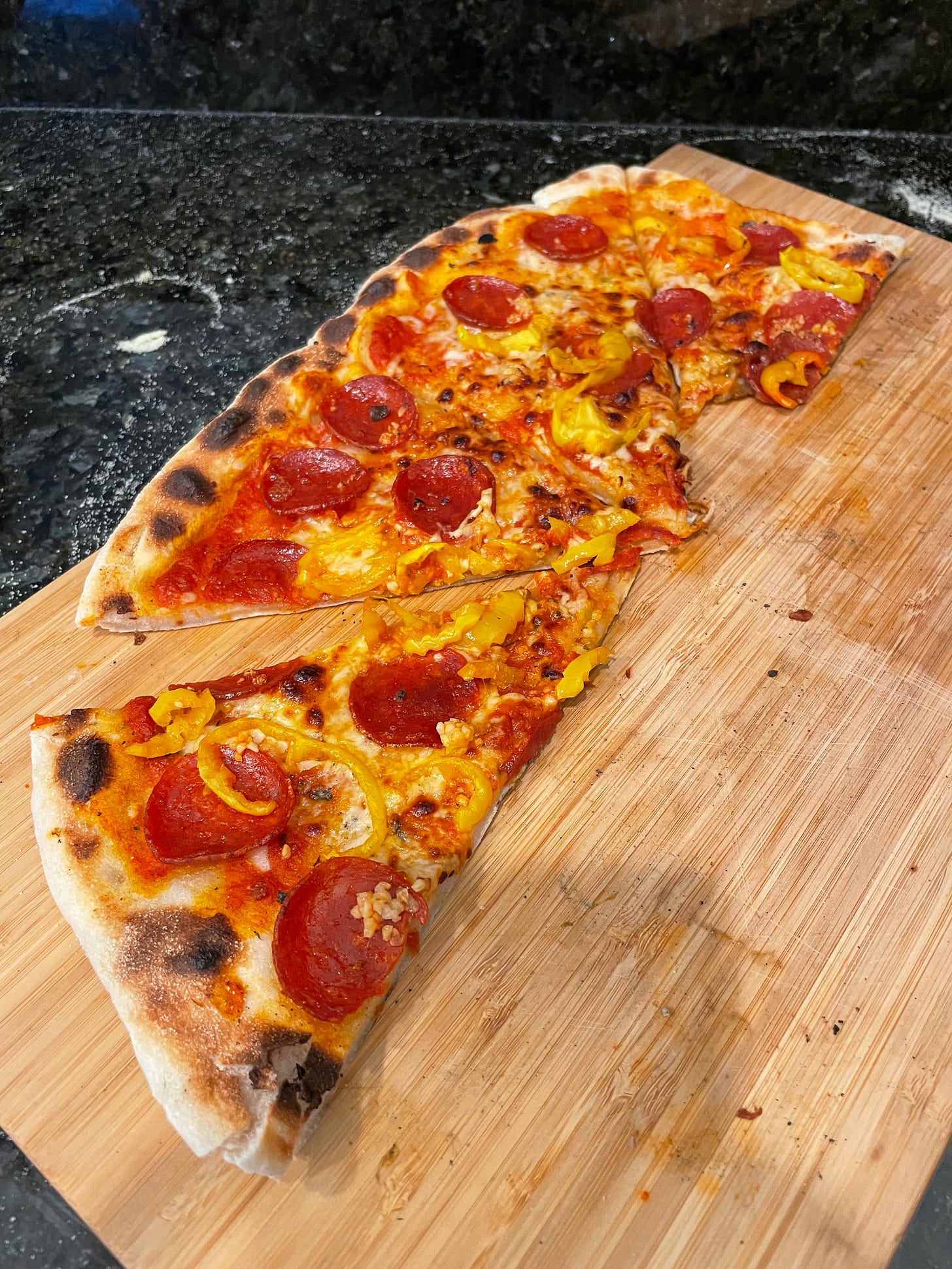One of my earliest and fondest memories involves strolling with my mother through the now long-defunct Regency Mall in Augusta, Georgia—then considered one of the largest and busiest malls in the Southeast—and taking in all the sights and sounds. People born in the 1990s and later, when the phenomenon known as the American shopping mall had already begun its slow and inevitable decline, may have a difficult time imagining just how special malls were in the latter part of the 20th century. The Kevin Smith classic Mallrats (1995) provides a glimpse of that era, but even by the time the film debuted, it was already something of a nostalgia piece, an elegy for a way of life that by the turn of the century was already mostly dead and gone.
My parents birthed me at a very young age, as was the style at the time, and (perhaps as a consequence of this, perhaps not) they were poor.
Being poor, one of the few pastimes we could afford was to drive across the Savannah River into south Augusta (from South Carolina, where I grew up) and take in the sights, smells, and shenanigans of an enormous, lively mall. We rarely ever bought anything—aside from fast food. Mostly, we just walked and browsed and window shopped. Occasionally we would hit up the Chik-fil-A next to the three-screen theatre (at the time, this was one of the only Chik-fil-A locations outside of metro Atlanta); sometimes we would browse the knick-knack store, never really buying anything more than a cute ceramic pencil sharpener or a pungent piece of potpourri.
We would always walk by the Luca Pizza on the mall’s upper level and watch the men hand tossing dough: slinging it high into the air, spinning it around like a giant gluten-filled frisbee, and then catching it on their clasped fists. A few times mom, if she could swing it, would buy a single slice and we’d share it with a fountain Coke that came in a green, red, and white wax paper cup. The mall was always dark and it was always crowded. This was how I like to imagine I spent most of the early- to mid-1980s. Hanging out with my mom in a dark, crowded, noisy mall. I was an only child until 1985, and it was glorious.
I didn’t know it then, of course, but those early visits to the mall pizzeria had an enormous impact on me. For one, it gave me an appreciation for what I couldn’t know at the time was the already rapidly declining largesse of the post-WWII era of American economic supremacy. A former B-list actor with onset dementia was in the White House, hard at work deregulating industry, discrediting organized labor, and demolishing the hard won post-war social contract.
White flight into the suburbs was already in full force, especially in places like Richmond county (Georgia). Regency Mall, which had been built in the mid-1970s in south Augusta, mainly drew shoppers from the poorer parts of the county; the Augusta Mall, which opened one week after Regency, was located near I-20 and the Bobby Jones Expressway in the more affluent west Augusta and neighboring Columbia county. By the early 1990s, Regency Mall had developed a reputation of being a bit rougher around the edges. Part of this had to do with the fact that Fort Gordon was just down the road, and rowdy service members would often loiter at Regency from dawn to dusk. Part of it was just the overall clientele and a growing perception that the mall was unsafe. Much of it was, of course, racial.
But I digress. This isn’t about the decline of the Regency Mall (or malls in general) as a bellwether of socio-economic malaise in Reagan’s America, though someone should definitely write that Substack. This is about my burgeoning love for my new-ish hobby of home pizza-making . For a demonstration of my hand tossing abilities, check out this video:
When we got married, Kaylin and I put an Ooni pizza oven on our registry. Ooni is a Scottish company that manufactures at-home pizza ovens that—and this is the crucial part—can get up to 950 degrees Fahrenheit. The reason your homemade pizza never turns out quite right is that you’re likely using a conventional oven. Most conventional ovens can only get up to around 450 or 500 degrees at the most, and that’s if you turn it all the way up to patent pending and say a little prayer. The Ooni, like the commercial pizza ovens at your favorite pizzeria, are designed to get upwards of 900 degrees, though all you really need for great at-home pizza is an oven that will get up to around 725. That’s the sweet spot that will deliver a wonderfully-baked, slightly toasted, perfectly crisp at-home pizza crust. And here’s the best part: once you refine your dough recipe (more on that below) the hard part is behind you and you are free to get creative with what you put on your pizza.
Here’s the recipe I have discovered works well for me, and it doesn’t require days of fermenting and proofing. (However, if you prefer, you can leave this in the fridge for up to four or five days and get an even more complex flavor profile. Just remember to always leave your dough ball out at room temperature for a couple of hours before you start molding it into a pie shape.)
I recommend keeping a dough ball in the fridge at all times so that if anyone gets hungry for a pie, you’re never more than 20-30 minutes from pulling out something that looks like it came from a hipster pizzeria and cost $27.
Show me the dough!
You will need a stand mixer for this. I use the KitchenAid model that everyone seems to have these days. (It comes with a dough hook accessory.)
Take one cup of water and mix it in the bowl with 1/32 teaspoon of dry yeast. Mix it up for 30 seconds with a fork, spoon, or the low setting of the mixer using the flat mixing attachment.
Swap the flat mixing attachment for the dough hook. Gradually fold in 2.5 cups of King Arthur Bread Flour (in the blue and white bag) with the stand mixer set at 2 speed. Sprinkle in a full teaspoon of salt. Mix for 10 to 12 minutes on 2 until the dough comes together and starts to resemble pizza dough. (You’ll know it when you see it.)
Mold the dough into a nice ball shape, put it back in the mixing bowl, cover with plastic wrap, and leave it on the counter for two hours.
After two hours, take out the ball and play with it. Fold it in on itself and smooth out any air bubbles. Fold it into itself as though you are folding a pair of socks after doing the laundry. Put it back in the bowl, cover, and leave on the counter to ferment for anywhere from 6 to 12 hours.
Somewhere in that window, either put the ball in the fridge to use later, or start forming it into a disc to make a pizza right then and there. Load it up with sauce, toppings, cheese, seasonings, and put it in the oven.
OK, it’s not quite that simple. First timers struggle with the next element of pizza making, so pay close attention.
First, watch this video on how to go from dough ball to something that resembles a pizza.
The dough, even with a relatively low hydration percentage (the above recipe will get you to about 60% hydration, which is ideal for at-home pizza) is still going to be rather sticky, which means that it will likely stick to your pizza peel and make it difficult to slide into your hot oven. (The oven should be at least 700 degrees before you even think about putting your pizza in there.) Incidentally, even though I know it’s tempting, don’t fall for the rookie mistake of using store-bought dough. That dough is formulated for conventional home ovens and, as a result, it has an enormous hydration level. It’s also expensive. Making your own dough is the way. (Plus it gives you a sense of accomplishment and bragging rights.) I figure that one of these dough balls costs around 37 cents, which should give you a pretty good notion of just how badly you’re being ripped off every time you order some nasty frozen concoction from Domino’s or Papa J.
The trick is to get yourself a bag of semolina flour. Semolina flour grains are like tiny ball bearings made of gluten. (Note: if you are gluten-free or trying to be, this recipe is not for you. Pizza is also probably not for you.)
Liberally coat your work surface where you’re rolling your dough with semolina. This will stick to the dough and give it a nice slickness that you definitely need. Also coat your pizza peel with enough semolina flour that you can give the pizza a few shakes and it will move. This will be essential when it comes time to “launch” your pizza into the 725 degree oven.
Once your pie is in the oven, you’re nearly there. All you have to do at this point is keep a close watch on it so it doesn’t burn and so it bakes evenly. To do this, you will need to rotate your pie. Give it 60 seconds or so, then pull it out, rotate it 1/4 turn, and put it back in for another 45 to 60 seconds. Do this until all four sides of the pie (north, south, east, and west) have had a chance to be near the back end of your Ooni, which is the hottest part. Never, ever leave a baking pie unattended. It will burn faster than you can say Chef Boyardee.
After about four minutes tops (some will say less, but I think four gives it the right amount of crispy char) you’re good to go! Pull it out of the oven and prepare to impress your friends and family. Here are a few pics from pies I made this weekend using the exact same recipe and instructions in this post.







